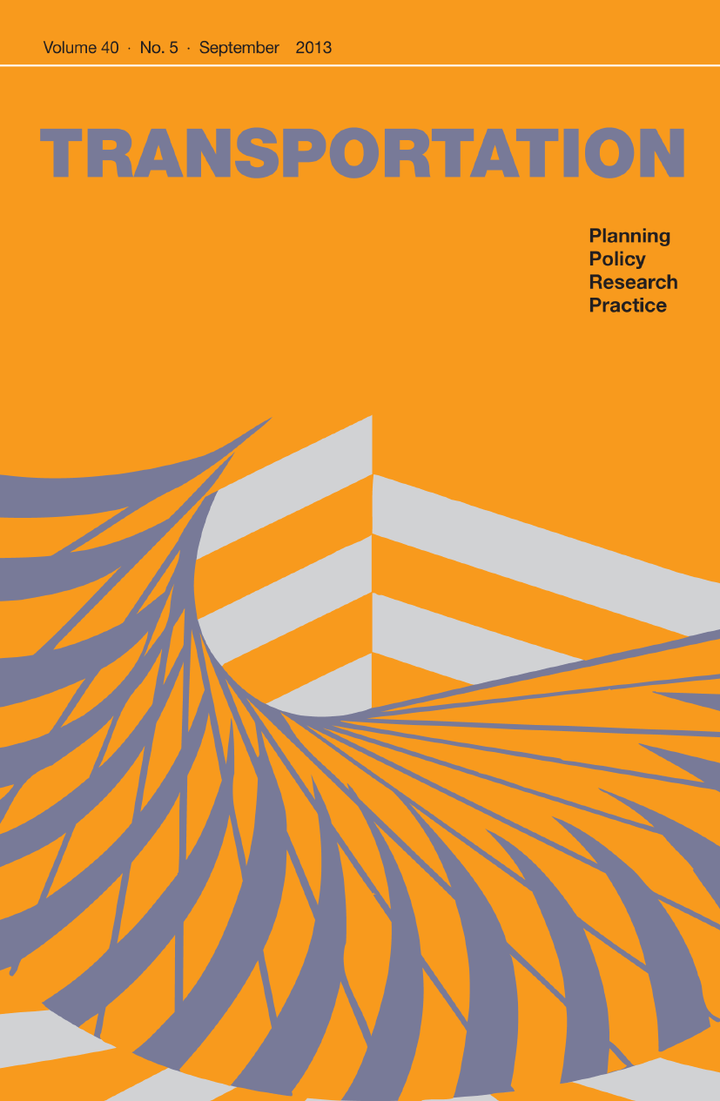
Abstract
Transportation systems play a pivotal role in facilitating access to out-of-home activities, enabling participation in various aspects of social life. But because of budgetary and physical limitations, they cannot provide equal access everywhere. inevitably, some locations will be better served than others. This realization gives rise to two fundamental concerns in transportation equity research and practice. (1) accessibility inequality and (2) accessibility poverty. Accessibility inequalities may rise to the level of injustice when some socioeconomic groups systematically have lower access to opportunities than others. Accessibility poverty occurs when people are unable to meet their daily needs and live a dignified and fulfilling life because of a lack of access to essential services and opportunities. In this paper, we review two of the most widely used approaches for evaluating transport justice concerns related to accessibility inequality and accessibility poverty. Gini coefficients/Lorenz curves and needs-gap/transit desert approaches, respectively. We discuss how their theoretical underpinnings are inconsistent with egalitarian and sufficientarian perspectives in transport justice and show how the underlying assumptions of these methods and their applications found in the transportation equity literature embody many previously unacknowledged limitations that severely limit their utility. We substantiate these concerns by analysing the equity impacts of Covid-19-related service cuts undertaken in Washington, D.C. during 2020. The paper also discusses how alternative methods for measuring transportation equity both better comport with the known impacts of such changes and are consistent with underlying moral concerns.